Diseases Of Mountain Laurel Bushes: What’s Wrong With My Mountain Laurel
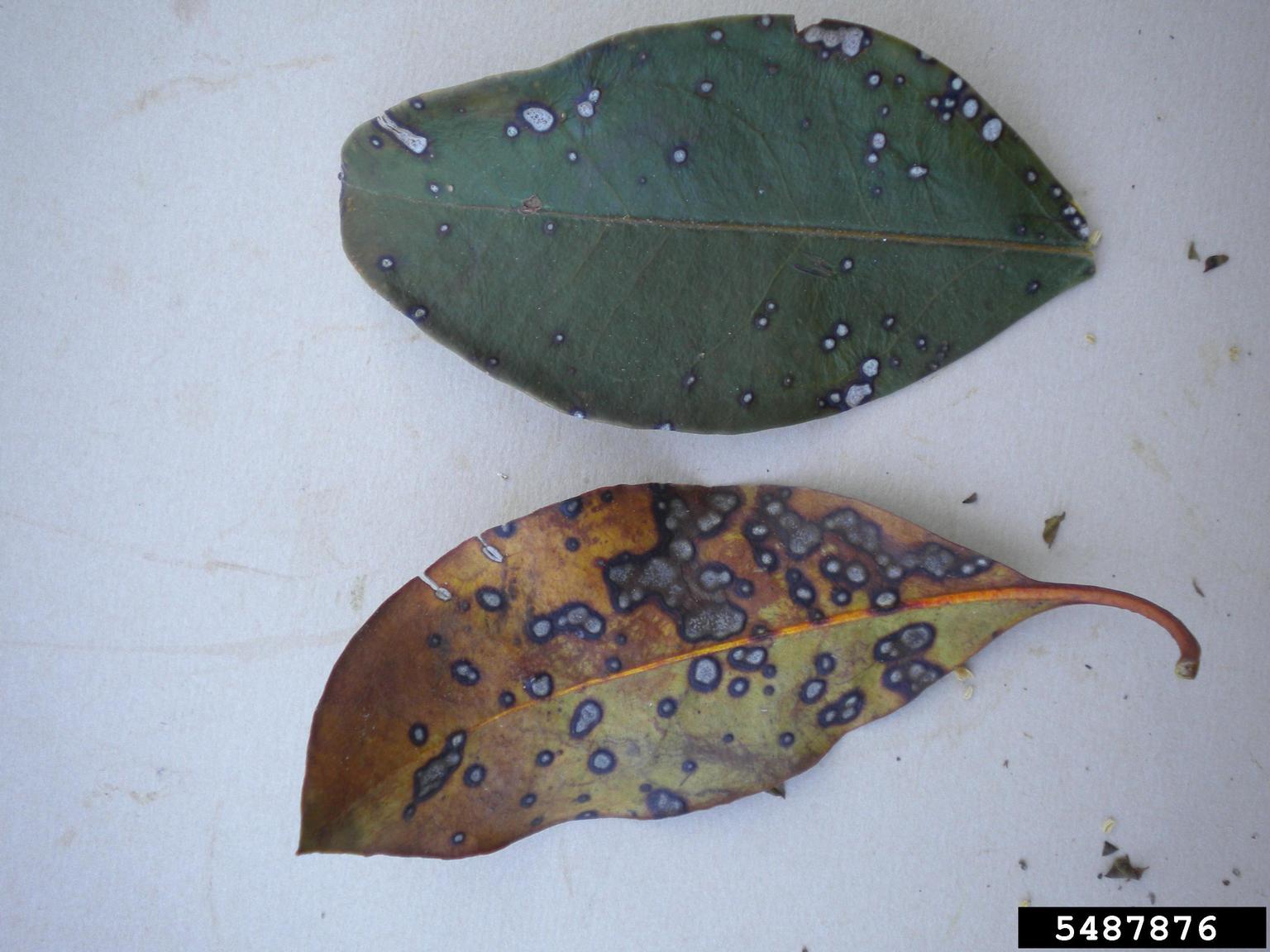
If your mountain laurel has leaf spots or chlorotic foliage, you may be wondering, “Is my mountain laurel sick.” Like all plants, mountain laurels have their share of diseases. Diseases of mountain laurel tend to be primarily fungal. It is important to learn the signs of these diseases in order to treat sick mountain laurels as soon as possible and nip the problem in the bud so to speak.
Help, What’s Wrong with My Mountain Laurel?
Identifying what is making your mountain laurel sick means examining its symptoms. If your laurel’s foliage has spots, the likely culprit is a fungal disease like leaf spot. There are at least a dozen fungal pathogens that cause leaf spot and to be really sure which one you may have, you would have to have the diseased area tested by a laboratory. Leaf spot is caused when trees are over crowded, shaded and in excessively moist areas. The good news is that leaf spot doesn’t usually do long-term damage to the shrub, provided you manage the problem. Sick mountain laurels should be pruned and the infected leaves removed. Also, rake and clean up fallen leaves and be sure to water only at the base (root) of the plant to avoid getting the leaves wet, which can foster many of these diseases.
Additional Mountain Laurel Diseases
Another, more serious disease of mountain laurels is botryosphaeria canker. It afflicts many other plants besides laurel and is, again, a fungal disease. Spores enter plants through pruning wounds or other damaged areas as well as through the natural openings in the plant tissue. Once the spores have infiltrated the area, a canker is formed and, as the disease progresses, the entire branch dies back. Generally, this particular mountain laurel disease infects one branch at a time. The first symptom will be leaves curling downward followed by the appearance of a circular canker. Plants are most susceptible to botryosphaeria canker when they are under stress, whether from drought, heat, damage, or overcrowding. There is no cure-all for this disease, but it can be managed. On a dry day, prune out any infected branches and then burn them or throw them away. Remove the branch about 6-8 inches (15-20 cm.) beneath the canker. Sanitize your pruning shears with a 10% bleach solution between each cut so you do not transfer the disease to other plants. What is making your mountain laurel look peaked may not be a disease. Mountain laurels thrive in well-draining soil rich with organic matter and in partial shade. Yellowing leaves (chlorosis) may be a sign of a lack of iron. This is the result of soil that is too acidic and can be treated by using an iron chelate compound. Lastly, signs of damage to a mountain laurel may be signs of winter injury. These symptoms may be dieback or tip browning or splitting bark. Winter injury may be caused from too much or too late fertilization, sudden temperature fluxes, or late spring frosts. To prevent winter injury, deep water mountain laurels prior to the first winter freeze, don’t fertilize in the early fall or late summer, and mulch around the base of the plant to help it retain moisture.
Gardening tips, videos, info and more delivered right to your inbox!
Sign up for the Gardening Know How newsletter today and receive a free copy of our e-book "How to Grow Delicious Tomatoes".

Amy Grant has been gardening for 30 years and writing for 15. A professional chef and caterer, Amy's area of expertise is culinary gardening.
-
 Looking For Plants To Give You The Soft And Fuzzies? Try These 5 Fuzzy Leaf Plant Options
Looking For Plants To Give You The Soft And Fuzzies? Try These 5 Fuzzy Leaf Plant OptionsLovers of texture, drama, silver foliage and tactile plants will adore these special sensory garden additions. These fuzzy leaf plant options will leave you all aglow
By Susan Albert
-
 Get Ready For A Summer Of Hummers! Grow These Full Sun Hummingbird Plants and Flowers
Get Ready For A Summer Of Hummers! Grow These Full Sun Hummingbird Plants and FlowersIf you’re lucky enough to enjoy a sunny backyard, make sure you are maxing out on your pollinator opportunities and grow these full sun hummingbird plants and flowers
By Tonya Barnett
-
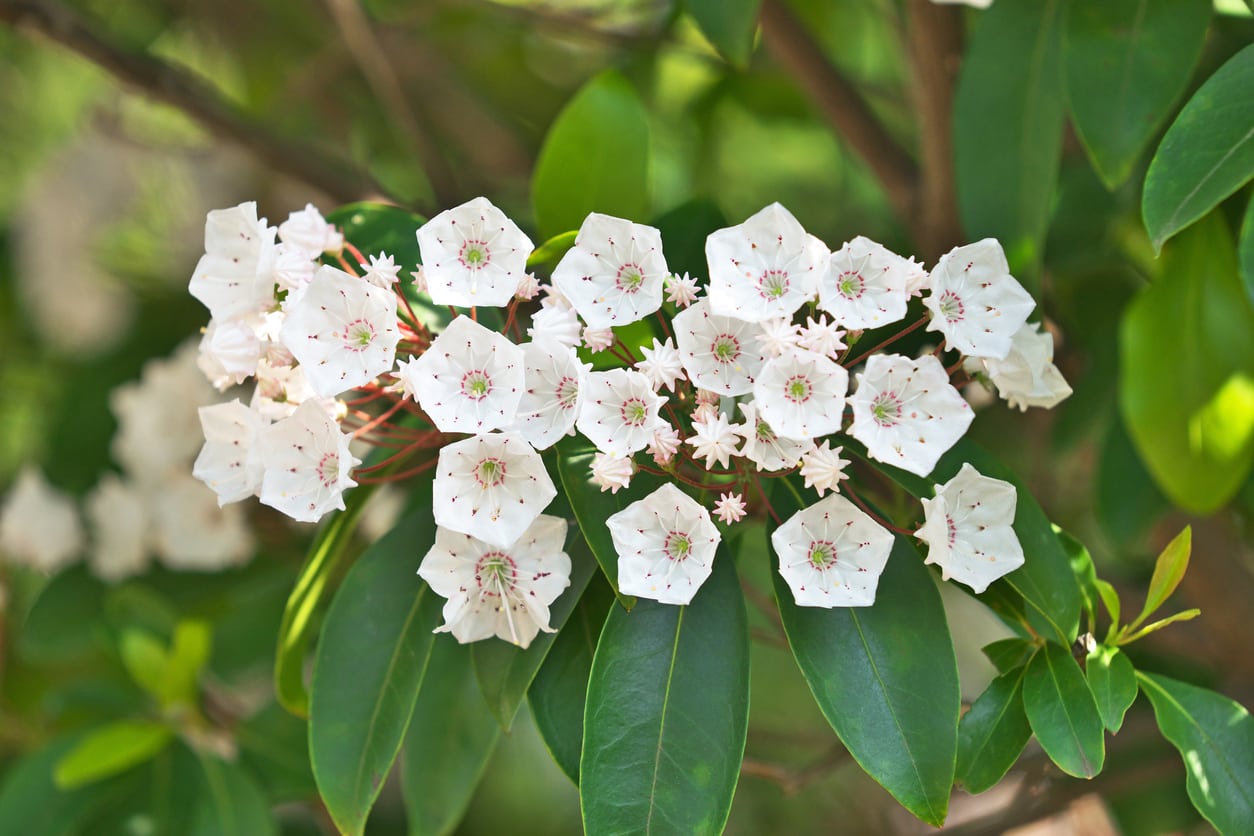 Potted Mountain Laurel Care – Learn About Container Grown Mountain Laurels
Potted Mountain Laurel Care – Learn About Container Grown Mountain LaurelsMountain laurel shrubs are usually used as landscape plants, and can often be seen blooming in dappled shade under trees and taller shrubs. But can you grow mountain laurel in a pot? Click here to learn more about caring for mountain laurel in containers.
By Liz Baessler
-
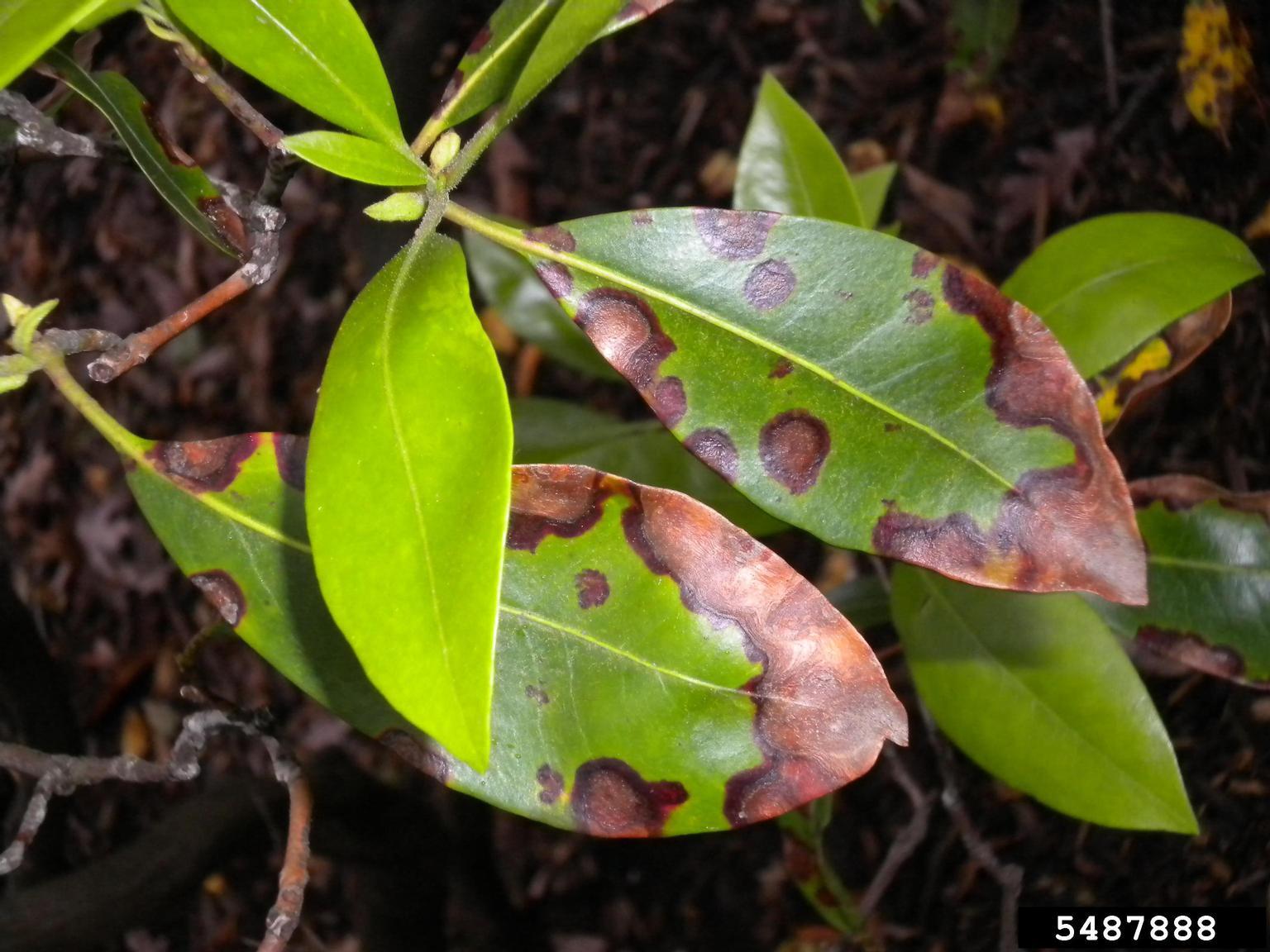 Mountain Laurel Leaves Are Browning – Why Are Mountain Laurel Leaves Turning Brown
Mountain Laurel Leaves Are Browning – Why Are Mountain Laurel Leaves Turning BrownMountain laurel usually remains green year round, so brown leaves on mountain laurels can be a sign of trouble. Determining the reason for brown mountain laurel leaves can be challenging and involves careful detective work. The following information may help.
By Mary H. Dyer
-
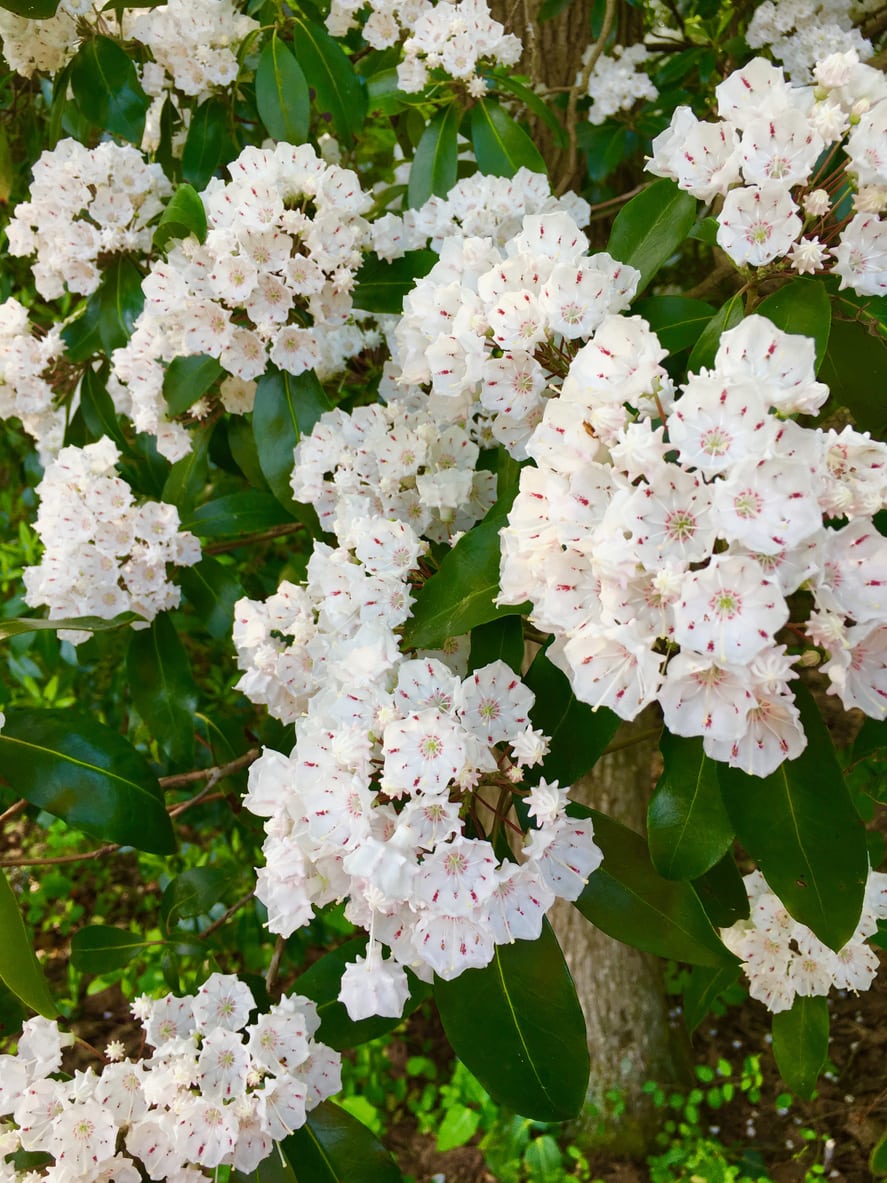 Mountain Laurel Trimming Tips: How To Prune Mountain Laurel Bushes
Mountain Laurel Trimming Tips: How To Prune Mountain Laurel BushesGrowing to a general height and width of five to eight feet (1.5 to 2 m.), cutting back mountain laurels may occasionally be necessary to fit the space they are in. To learn how to prune mountain laurel shrubs, click on this article for more information.
By Darcy Larum
-
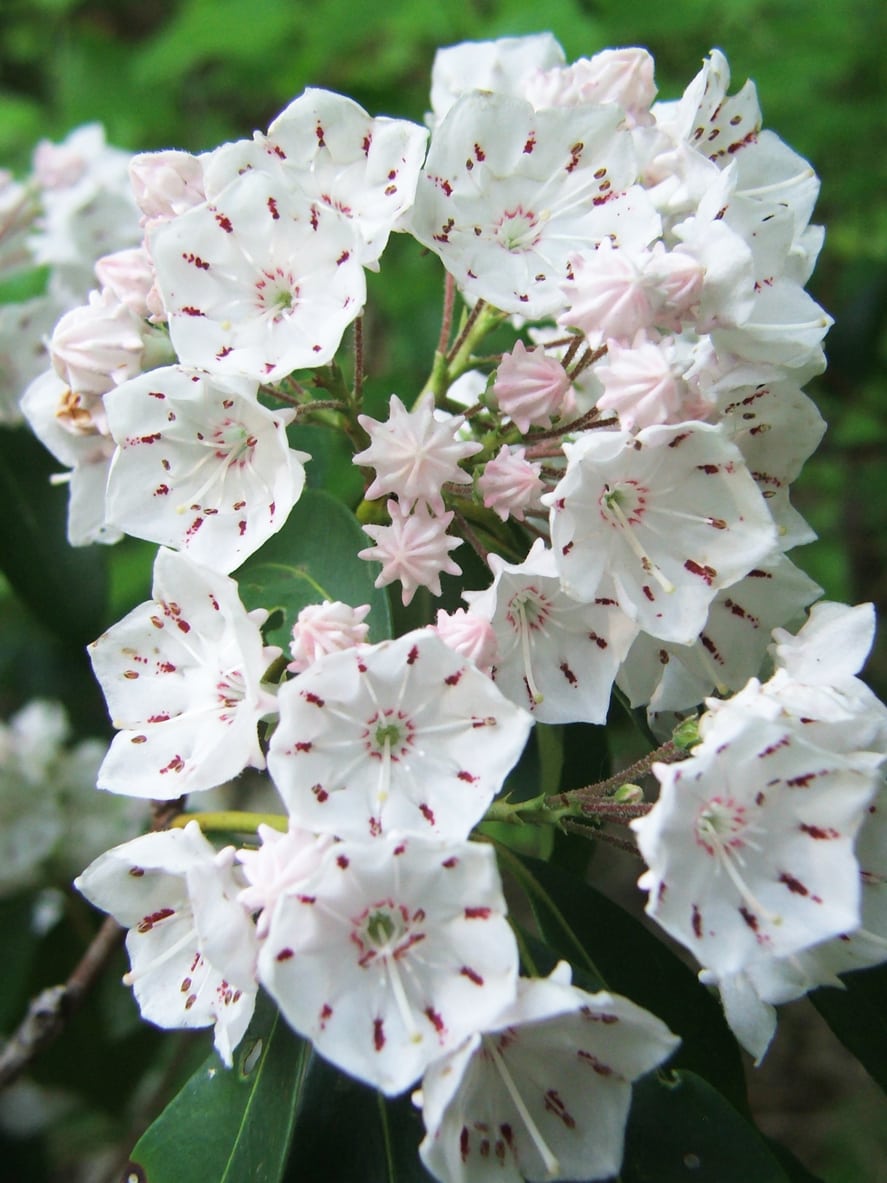 Cuttings From Mountain Laurel Shrubs: How To Root Mountain Laurel Cuttings
Cuttings From Mountain Laurel Shrubs: How To Root Mountain Laurel CuttingsMountain laurels grow happily reproduce from seeds, but these won’t reliably reproduce hybrid cultivars. The only way to be sure of clones is with cutting propagation. Growing cuttings from mountain laurel is possible, but not always easy. Learn more here.
By Teo Spengler
-
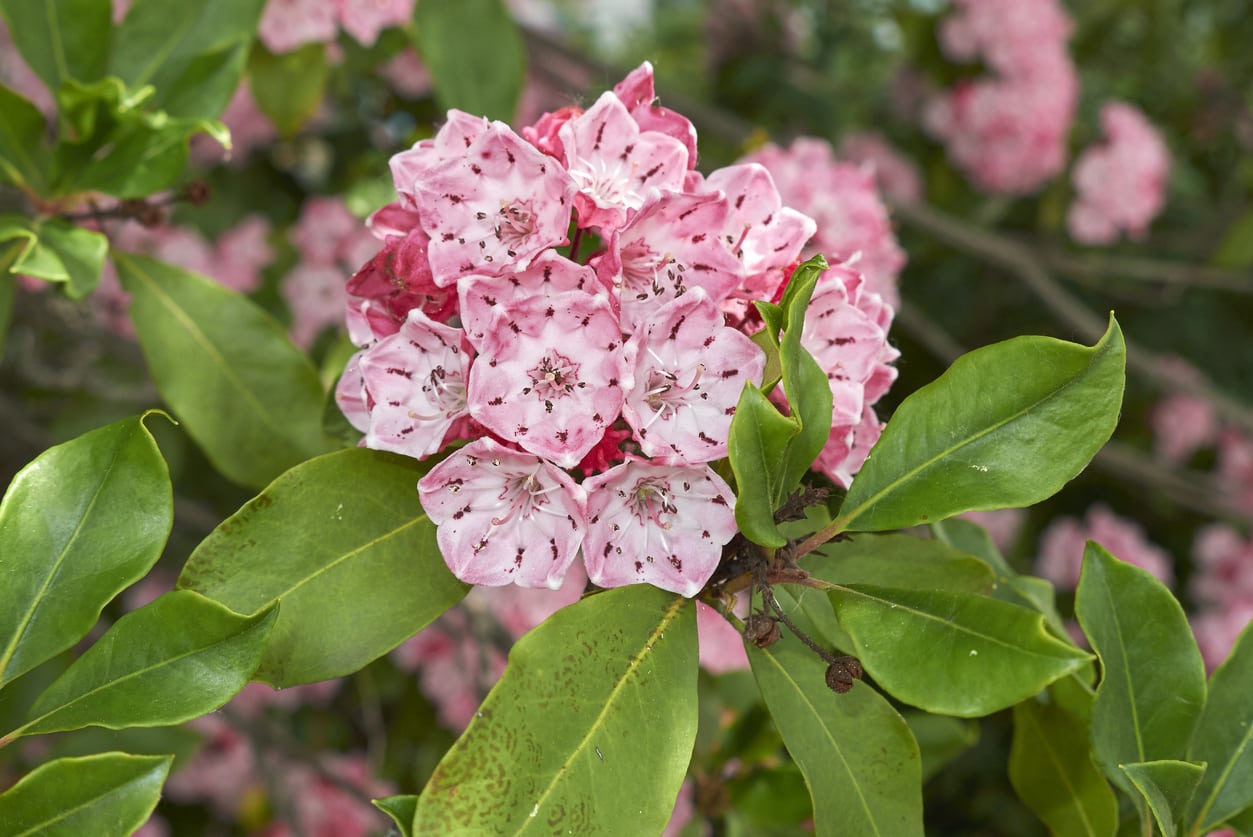 Mountain Laurel Losing Leaves – What Causes Leaf Drop On Mountain Laurels
Mountain Laurel Losing Leaves – What Causes Leaf Drop On Mountain LaurelsPlants lose leaves for a variety of reasons. In the case of mountain laurel leaf drop, fungal, environmental and cultural issues may be the cause. Figuring out which is the hard part but, once you do, most fixes are fairly easy. This article can help.
By Bonnie L. Grant
-
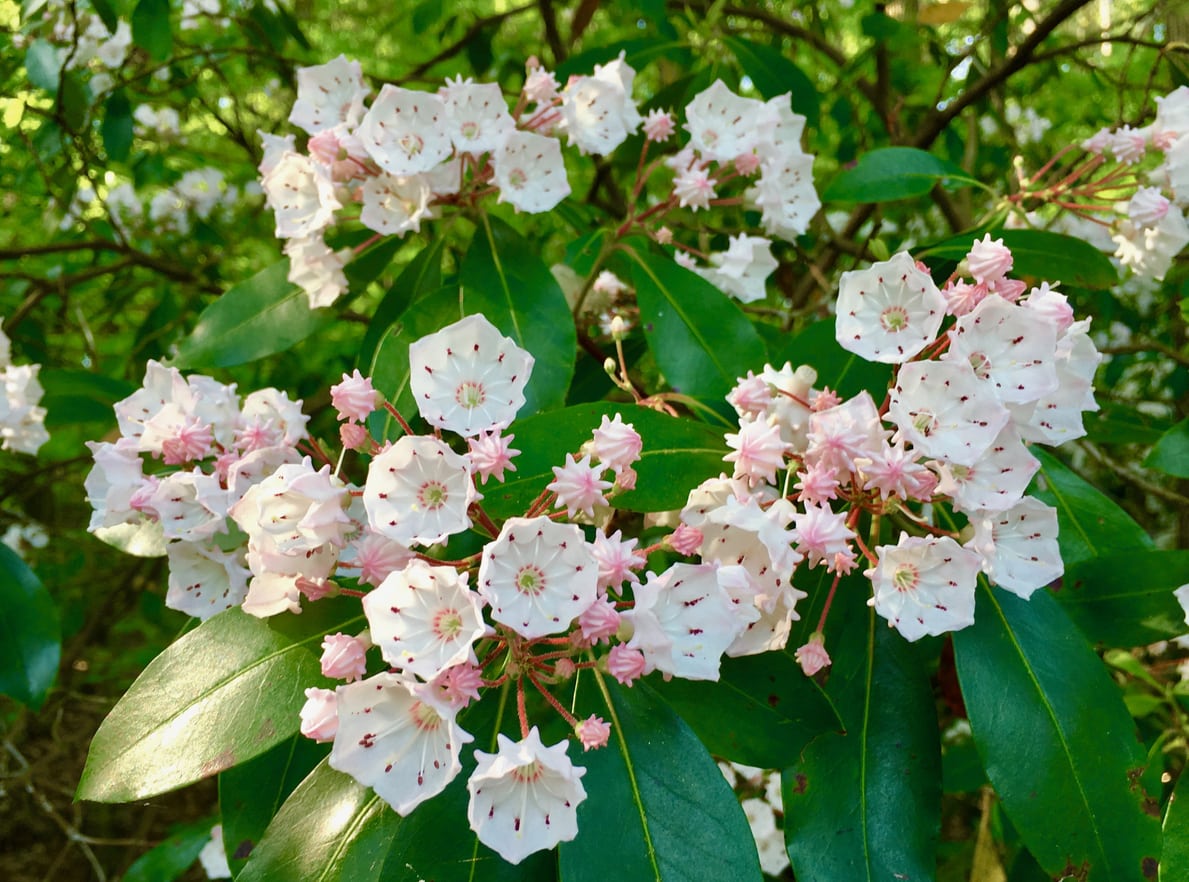 Mountain Laurel Irrigation: How To Water A Mountain Laurel Shrub
Mountain Laurel Irrigation: How To Water A Mountain Laurel ShrubA sometimes overlooked North American native, mountain laurel is a very hardy, shade tolerant shrub that produces beautiful, showy flowers where many other plants will not. Learn more about mountain laurel water needs in this article.
By Liz Baessler
-
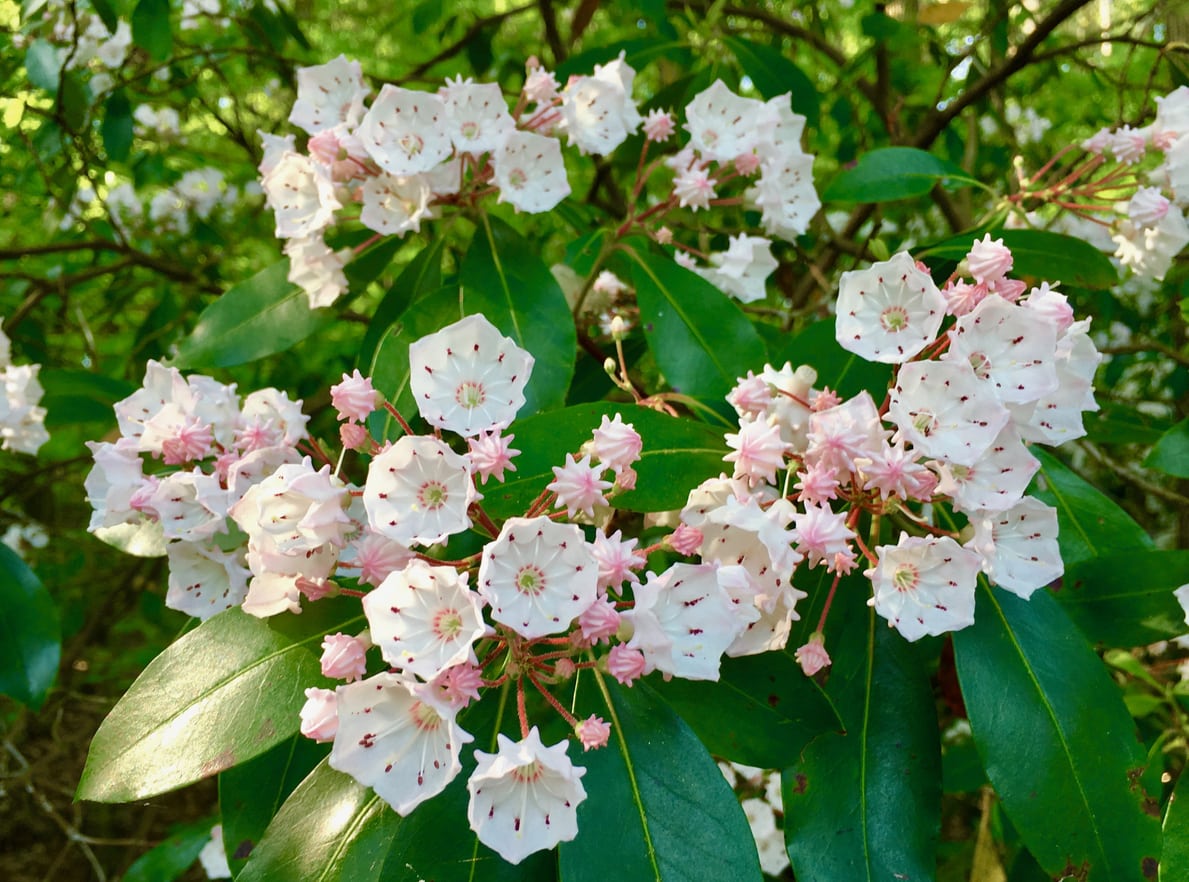 Growing New Mountain Laurels: Learn About Mountain Laurel Propagation
Growing New Mountain Laurels: Learn About Mountain Laurel PropagationPropagating from plants in your yard is cheaper and more rewarding. Growing new mountain laurels can be done by a couple of accepted methods: by seed and by cuttings. Find out how to propagate mountain laurel shrubs in this article.
By Mary Ellen Ellis
-
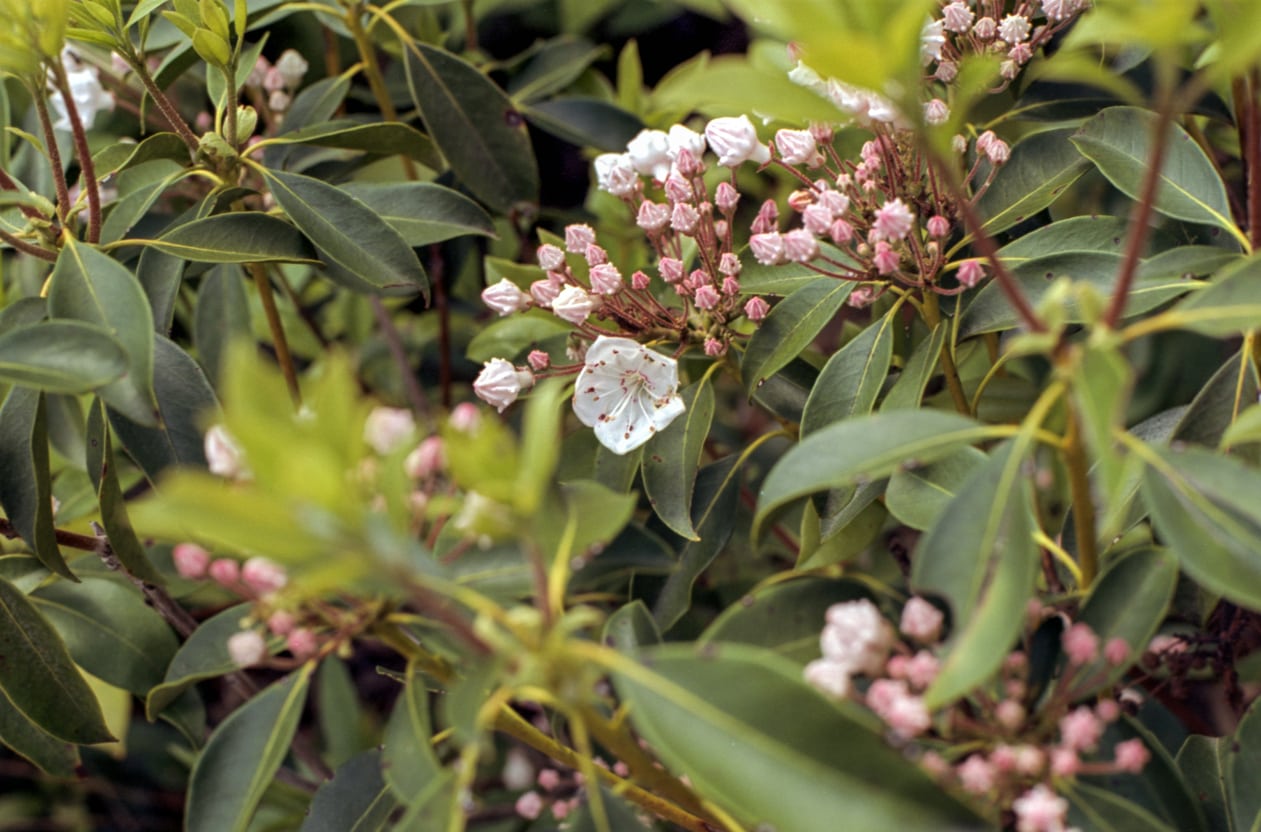 Mountain Laurel Cold Hardiness: How To Care For Mountain Laurels In Winter
Mountain Laurel Cold Hardiness: How To Care For Mountain Laurels In WinterMountain laurels do not require coddling in your garden. However, if you live in an area with harsh weather, you may want to consider winter protection for mountain laurels. If you are wondering how to care for mountain laurels in winter, this article will help.
By Teo Spengler